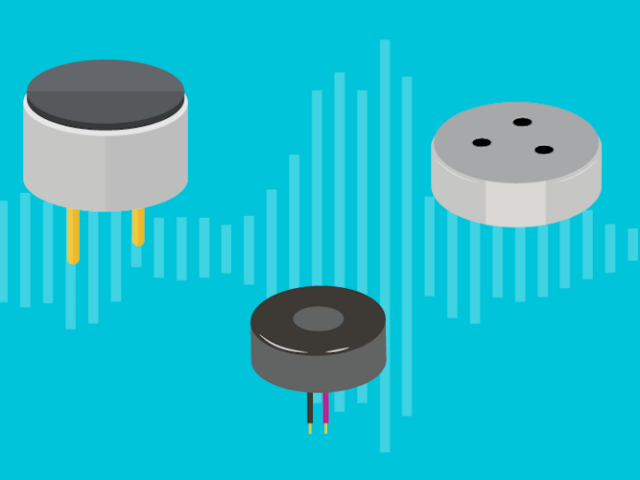Researchers at ETH Zurich have developed a method for the production of wavy surfaces with nanometre precision. In the future this method could be used, for instance, to make optical components for data transmission on the internet even more efficient and compact.
The importance of light-based technologies for our society was demonstrated once more in recent weeks. Thanks to the internet, millions of people can work remotely, enter virtual classrooms, or talk to friends and relatives. The internet, in turn, owes its power to countless light pulses with which enormous amounts of data are sent around the globe via optical fibres.
To steer and control these light pulses, various technologies are employed. One of the oldest and most important is the diffraction grating, which deflects light of different colours in precisely determined directions. For decades, scientists have been trying to improve the design and production of diffraction gratings to make them suitable for today’s demanding applications. At ETH Zurich, a group of researchers led by David Norris, professor at the Department of Mechanical and Process Engineering, have developed a completely new method by which more efficient and more precise diffraction gratings can be produced. They did this together with colleagues now at the University of Utrecht and the company Heidelberg Instruments Nano, which was founded as ETH spin-off SwissLitho. The researchers published the results in the scientific journal Nature.
Interference through grooves
Diffraction gratings are based on the principle of interference. When a light wave hits a grooved surface, it is divided into many smaller waves, each emanating from an individual groove. When these waves leave the surface, they can either add together or cancel each other, depending on the direction in which they travel and on their wavelength (which is related to their colour). This explains why the surface of a CD, on which data is stored in tiny grooves, generates a rainbow of reflected colours when it is illuminated by white light.
Source: “Wavy surfaces for better light control”, Oliver Morsch, Zurich ETH News




